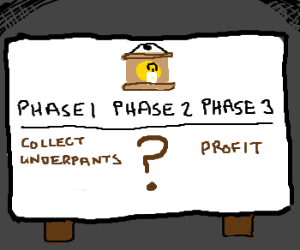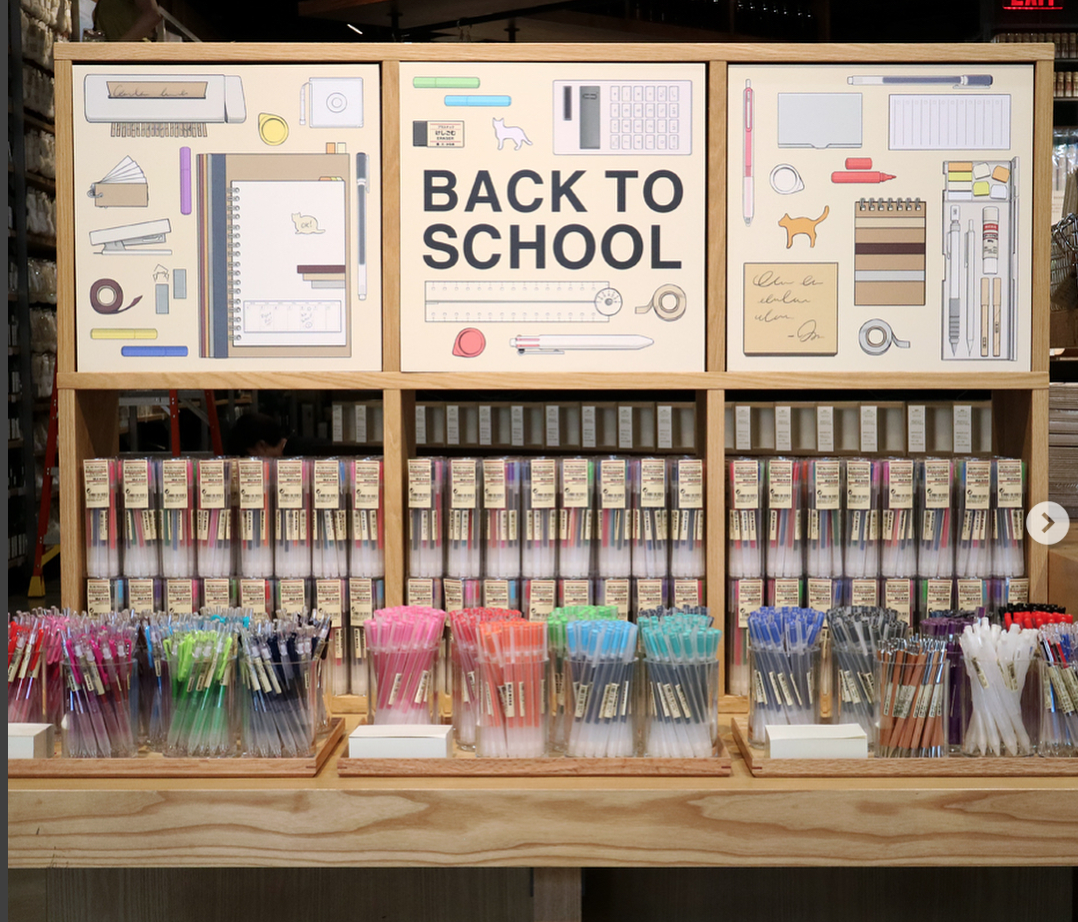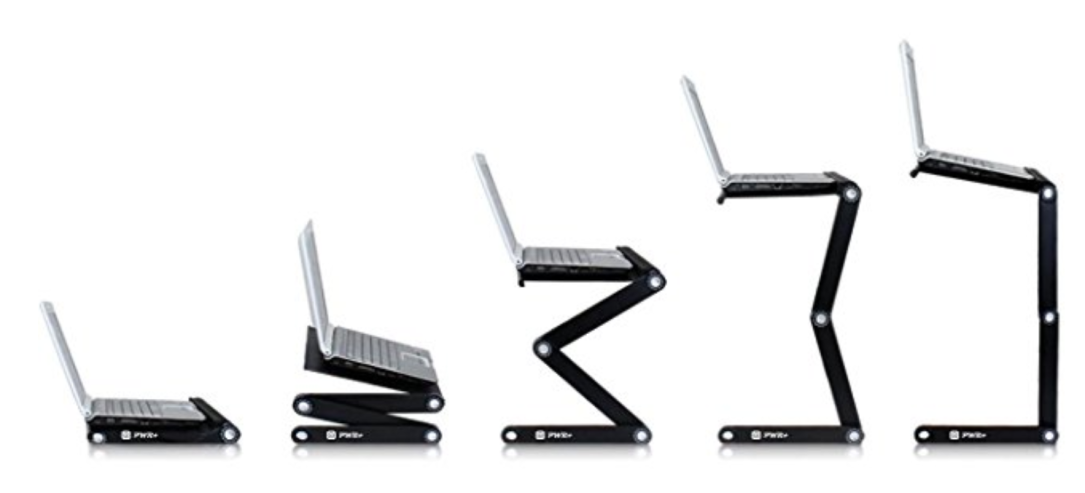
Yesterday, my constantly-laptop-typing writer friend sent me an email – she had started to feel pain in her hands and arms and was growing alarmed that it might be the beginnings of a repetitive stress injury like the ones I had suffered. Had I ever felt her particular type of pain? Not exactly. But mine was similar enough that I felt compelled to swoop in with recommendations. After nearly two years with vaguely-diagnosable yet completely debilitating pains, I feel like something of an expert. You need a doctor? A physical therapist? An occupational therapist? An acupuncturist who takes insurance? A chiropractor? I can shuffle my stack of medical business cards like a Vegas magician: were you thinking of a massage therapist who also knows reiki? My audience volunteer gasps, YES, I do need one of those!
Where was I? Oh yes. So I resisted the urge to send this friend a 10,000 word email listing everything I have tried for my injuries. Instead, I will share them with you. I guess it would only be fair for me to forward her the link as well, since she inspired this post.
DISCLAIMER: I am NOT a doctor (insert testimonial about consulting your doctor…I am not legally responsible for what happens to you after reading this). I am, however, an informed consumer, so allow me to share some of my favorite tools with you. Oh, and I am not getting any commission here – these are actually the things I use.
ERGONOMICS
- A laptop stand. Mine has three adjustable hinges and an adorable, removable mouse stand. It can be used as a standing desk, a keyboard rest for an existing monitor setup, or as a monitor stand. Plus it folds! And it weighs only 3.9 pounds!
- An ergonomic split keyboard. I use the Microsoft Sculpt one with a detached keypad to activate a calculator on your screen. It keeps your arms parallel to reduce strain on forearm muscles.
- A decent wireless mouse. I use the Logitech M185. I also have the Logitech wireless touchpad, which is like a larger version of the laptop trackpad. It’s good for navigating and zooming but less good for graphic work. I’m considering a vertical mouse, but haven’t made the leap yet.
- A bean bag wrist wrest. I use the Ergo beads wrist rest to keep my wrists in perfect position for mousing.
- An memory foam ass pad. Yes, I said ass pad. I have this chair pad. If you must sit at all, this will make it less hurty.
BRACES
- I was slouching all over the place until I got a back brace. Fatigue can result in sloppy slouches. It is not ideal to use a brace instead of core strength, but the Shark Tank-featured BetterBack brace is really great for this.
- Wrist splints. I wear these at night to prevent numb hands in the morning. It’s not exactly sexy, but neither is not being able to move your hands.
MUSCLE RELIEF
- A neck heating pad. OMG. I cannot say enough about this. I got one as a gift from a coworker two years ago and have been using it every day since. I warm my neck up in the morning and again at night before doing my stretches. If you’re particularly crafty, as my mother is, you could make one from cherry pits (she actually bought a barrel of these). The one she gave me smells so good and gives off moist warmth. I overheated a burn hole it in the microwave one day, but salvaged the cherries and sewed a new one.
- A peanut roller. What? It’s basically two lacrosse balls joined like a mini barbell. I roll it over my hands and forearms after typing for too long.
- A foam roller. I use this every morning – it’s a packable size and less squishy then the fat pool noodle foam ones. It offers a satisfying crack and pop as I roll my back over it
BOOK
- Deskbound book . This one was recommended to me by my physical therapist. It’s a textbook, but written so lay people can understand it. If you’re looking for exercises to build or stretch those muscles after desk work, it is definitely worth the investment.
I hope these help! If you have any other go-to tools, send them my way!

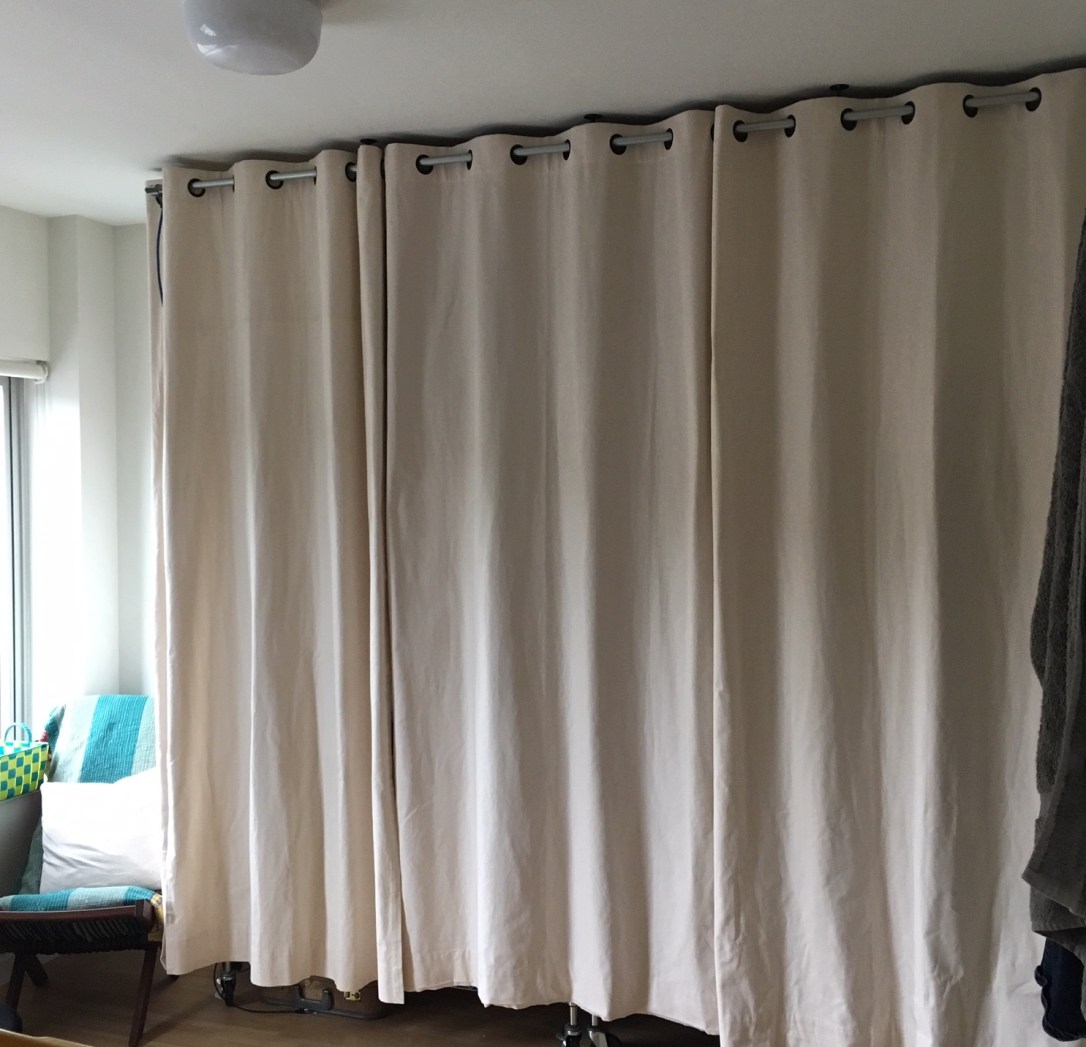
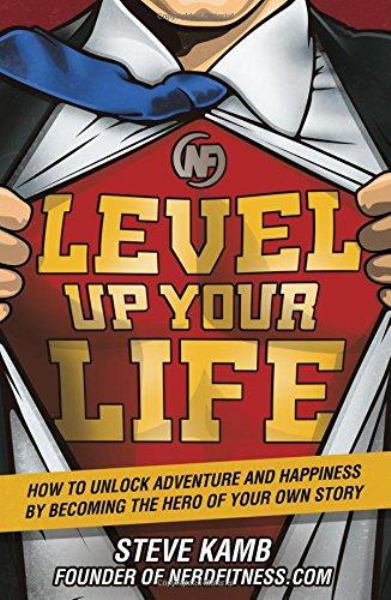 Imagine creating a secret identity for yourself, and now you are strong and brave and unafraid. You are resourceful, ready to vanquish enemies. You are part of a worldwide tribe that energizes and supports you. You are doing things you never thought possible and feel exhilarated and challenged. You are mastering—not enduring—life! Sounds pretty good, right?
Imagine creating a secret identity for yourself, and now you are strong and brave and unafraid. You are resourceful, ready to vanquish enemies. You are part of a worldwide tribe that energizes and supports you. You are doing things you never thought possible and feel exhilarated and challenged. You are mastering—not enduring—life! Sounds pretty good, right?
